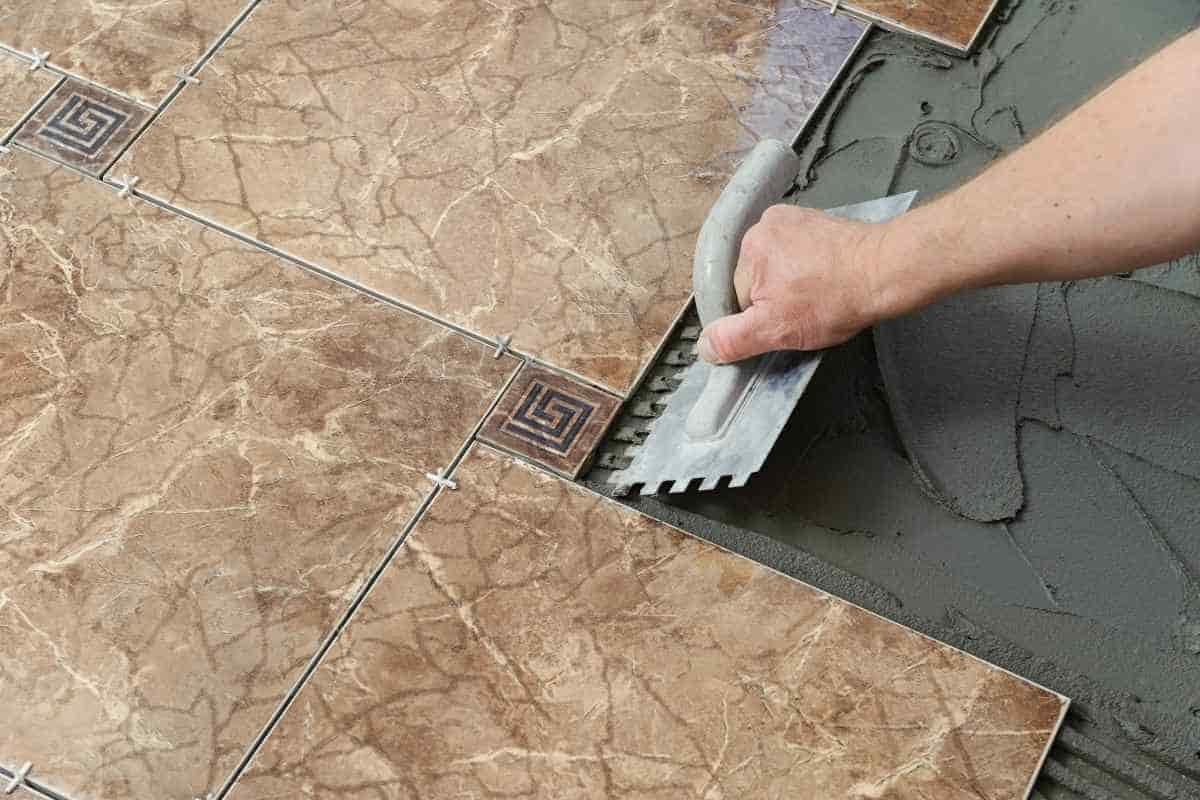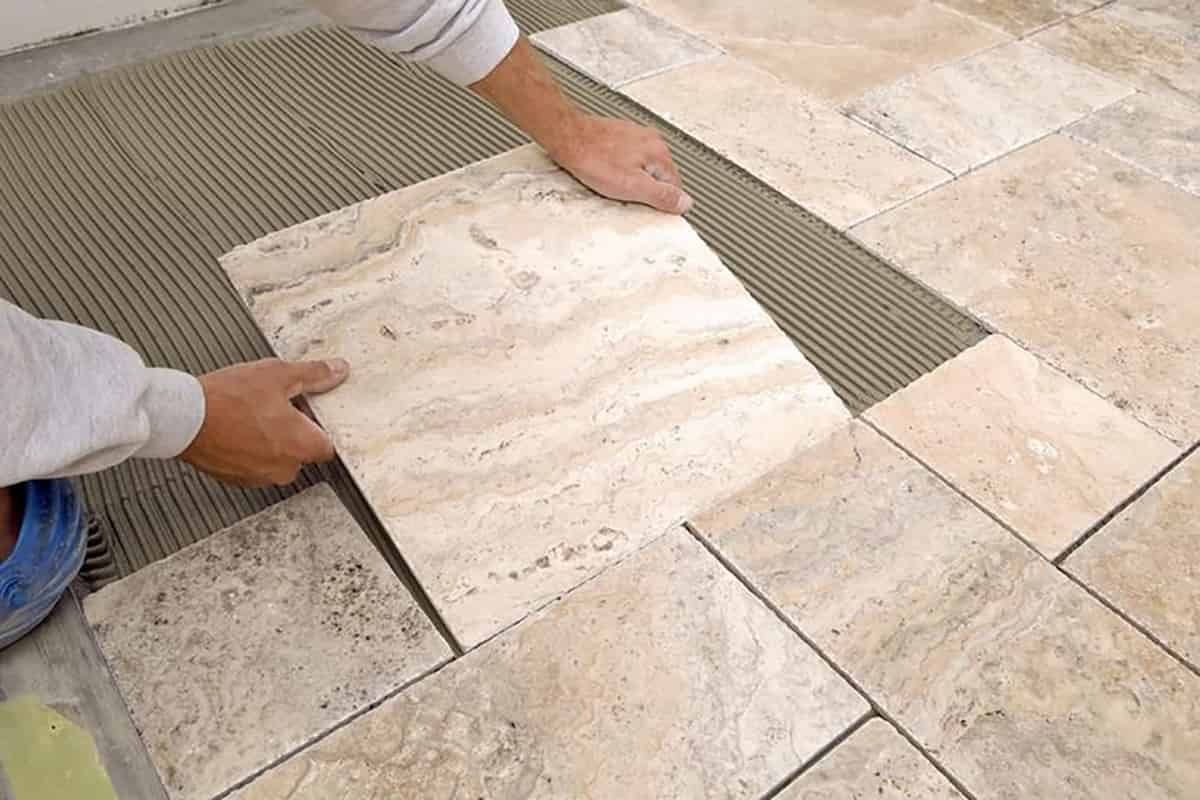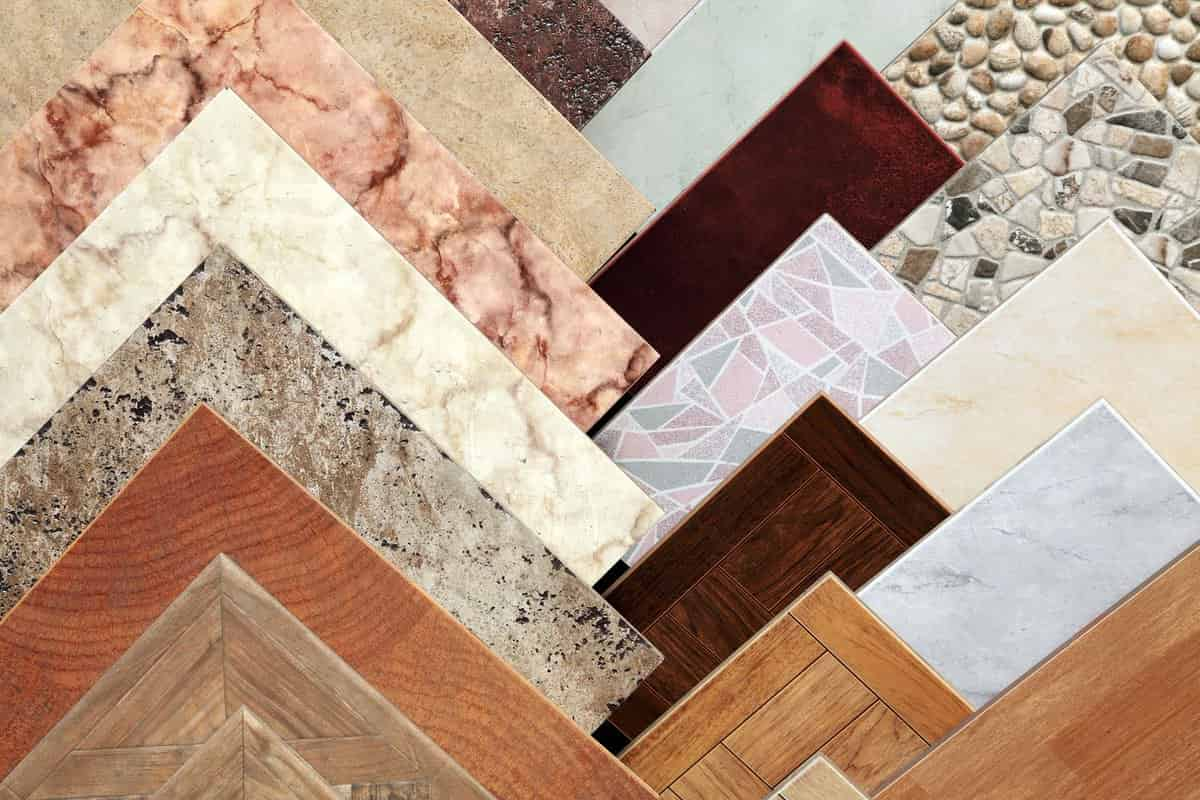Shopping for construction materials can be a little stressful, regardless of whether you are constructing an entirely new home or simply remodeling the one you already have. So you need to know how to check and detect marble and ceramic tiles’ quality. Not only do you need to keep in mind the designs that you prefer and the cost of the project, but you also need to keep an eye on the quality of the material like a professional. There are a few field tests that one can carry out in order to determine the quality of the tiles that are being sold at a certain location. For instance, if one is interested in purchasing marble or ceramic flooring for their home, there are a few tests that one can carry out. Because tile flooring is not exactly inexpensive, you need to take precautions to avoid being tricked into purchasing low-quality marble or ceramic tiles for your home. This is especially important if you plan to install marble flooring. In order to be of assistance to you, we have created a list of easy tests that will assist you in determining whether or not the material that you are purchasing is, in fact, of a high grade. Let's take a quick look at the characteristics of marble and ceramic tiles, two common choices for floor coverings before we move on to discussing how to evaluate the quality of marble and ceramic products. 
What Sets Marble and Ceramic Tiles Apart from One Another
Marble and ceramic tiles both have their own unique qualities that set them apart from one another. In the first place, marble is a type of stone that occurs in nature and is produced when limestone undergoes the process of metamorphic crystallization. After the stone has been shaped, cut, and polished into tiles of varying shapes and sizes with a consistent thickness, it is afterward measured. Additionally, the surface is polished to have an even texture. Meanwhile, ceramic tiles are made by combining natural clay, sand, and water in the manufacturing process. After the raw combination has been shaped, it is placed in a kiln and subjected to a high temperature, which drives the moisture out of the material. The finished product has had just one side of it polished so that the surface is smooth. Second, there is a clear distinction between the two in terms of their physical appearance. Ceramic tiles are produced in a well-regulated atmosphere; as a result, they can be found in an extensive range of colors, patterns, and designs, and there is very little to no variance from one ceramic tile to the next. On the other hand, the many geological processes that marble stone goes through give it a variety of colors and stripes, which distinguish it from other types of stone. Even finding two marble tiles that are visually identical to one another can be a challenging task. You may find additional information by reading through our comprehensive guide on the many kinds of floor tiles available in Pakistan, as well as the prices for those tiles. How to Check the Quality of Marble Before Purchasing Marble flooring can give the impression that your property is much more expensive than it actually is. The following is a list of evaluations that you can carry out on your own to determine the quality of marble tiles: Take readings of their thickness from all of the different surfaces. The tile is not of good quality if it does not have a uniform thickness, as this increases the likelihood that it may crack or shatter easily.  Even though the veining in each tile may be unique, the color of the marble must be consistent in order to meet the requirements. Each tile needs to have straight lines and be machine cut on all four sides simultaneously. In the event that the tiles come in a variety of sizes, it will be difficult to cut and install them. The wire mesh should be removed from one flat side of the marble tile, while the other side of the tile should be polished. From the existence of wire mesh, it can be deduced that the marble tile is fragile and prone to breakage. These tiles are often more affordable; however, their quality is not very high. Checking for cracks and fissures on the reverse side of the tile is another important step. Check the tiles very carefully to see if there are any cracks running along the veins. If not, replace those tiles. Porosity is one of the most well-known characteristics of marble, and with good reason. In order to determine the quality of the tiles, marble can be tested by adding a few drops of lemon juice. Because marble of lower grade is more porous, it takes the liquid in much more quickly. If, on the other hand, the lemon juice leaves behind white spots on the tile, this is a sign that calcite is present, which indicates that the marble is not of high quality. Poor grade marble can be identified by dull spots that appear on its surface. Examining the marble at a 45-degree angle under light is the quickest and easiest approach to determine the level of quality of the tiles. Some producers add artificial colors to the marble tiles so that the finished product will have a more appealing appearance. Scratching the surface will allow you to verify this assertion. The tile is likely made of an artificial material, which means that it will lose its appearance when some time has passed.
Even though the veining in each tile may be unique, the color of the marble must be consistent in order to meet the requirements. Each tile needs to have straight lines and be machine cut on all four sides simultaneously. In the event that the tiles come in a variety of sizes, it will be difficult to cut and install them. The wire mesh should be removed from one flat side of the marble tile, while the other side of the tile should be polished. From the existence of wire mesh, it can be deduced that the marble tile is fragile and prone to breakage. These tiles are often more affordable; however, their quality is not very high. Checking for cracks and fissures on the reverse side of the tile is another important step. Check the tiles very carefully to see if there are any cracks running along the veins. If not, replace those tiles. Porosity is one of the most well-known characteristics of marble, and with good reason. In order to determine the quality of the tiles, marble can be tested by adding a few drops of lemon juice. Because marble of lower grade is more porous, it takes the liquid in much more quickly. If, on the other hand, the lemon juice leaves behind white spots on the tile, this is a sign that calcite is present, which indicates that the marble is not of high quality. Poor grade marble can be identified by dull spots that appear on its surface. Examining the marble at a 45-degree angle under light is the quickest and easiest approach to determine the level of quality of the tiles. Some producers add artificial colors to the marble tiles so that the finished product will have a more appealing appearance. Scratching the surface will allow you to verify this assertion. The tile is likely made of an artificial material, which means that it will lose its appearance when some time has passed. 
How to Check the Quality of Ceramic Tiles Before Buying
Ceramic flooring is scratch-resistant and very long-lasting, making it an excellent option for use in residential settings. You can judge the overall quality of the ceramic tiles sold at the site by looking at the aforementioned characteristics, and you can rest assured that the item you purchase will have a long shelf life. Each and every ceramic tile ought to have the same color and feel to it. The patterns and designs are free to take on any form the customer desires. Each tile's dimensions have to be completely square or rectangular, with edges that are straight and a thickness that is consistent across the board. The finishing and glazing on the top need to be completely smooth and devoid of cracks, holes, and scratches. Scratching the top of a ceramic tile is another option for determining whether or not it is of high quality. Be on the lookout for edges that have been chipped and surfaces that are uneven. Placing ceramic tiles on a surface that has been leveled is the most reliable method for determining the quality of the tiles. The tiles won't be able to lie flat if they have any curvature at all or if they have been twisted.  Calculate the diagonal measurements of the ceramic tiles. They ought to be exactly the same length as one another. The thickness of ceramic tiles is typically 5 millimeters. The usage would determine how easily they would shatter if they were thinner. During the course of one day, ceramic tiles should be immersed in water. The maximum amount of water that they should be able to absorb is ten percent of their dry weight. Check the condition of the glaze that is on the tiles by using a standard cleaning product that is typically found in households.
Calculate the diagonal measurements of the ceramic tiles. They ought to be exactly the same length as one another. The thickness of ceramic tiles is typically 5 millimeters. The usage would determine how easily they would shatter if they were thinner. During the course of one day, ceramic tiles should be immersed in water. The maximum amount of water that they should be able to absorb is ten percent of their dry weight. Check the condition of the glaze that is on the tiles by using a standard cleaning product that is typically found in households.
